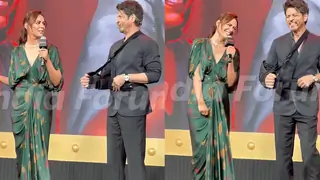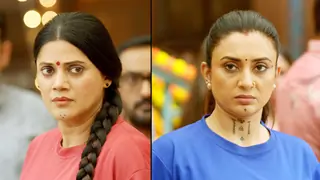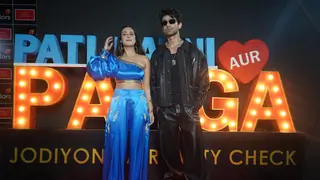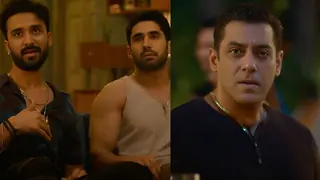Sometimes, CR also gave playback in his voice. Many a times, his voice sounded like that of Talat Mehmood. So when Talat fell sick on the recording day for the song 'Kitna haseen hai mausam' for the film Azaad, CR decided to sing it himself. He sang it very well and it was very close to Talat's voice. Similarly, he sang two songs for his film Baarish, which again sounded like Talat's voice.
Before CR came on the scene, many other music directors worked on the music composition for film Anarkali (1954). The producer of this film kept replacing music directors. It was like a revolving door. Finally, CR stepped in and fine tuned all the songs and gave one of the best music of his career. During the composition of the intoxicating song 'Mohobbat me aise kadam dagmagaaye' for this film, CR had a problem in fitting a proper word after '…peeke aaye' as there was a small gap. He decided to go home to think more about it. On his way back home, he bought lots of grocery and then while climbing the stairs of his home with heavy grocery bags, he started getting hiccups. Suddenly, he realized that he could use hiccups after '…peeke aaye'. After entering his home, he immediately played the tune on his harmonium with a hiccup added at the end. The gap after the lyrics '…peeke aaye' was filled up and the song was completed. Next day, he recorded this song with Lata's voice and when Beena Rai as Anarkali sang this song on the screen with a hiccup, the effect was tremendous.
CR accepted suggestions from other music directors as well. In his song "Ye zindagi usi ki hain" (Film: Anarkali), he accepted the suggestion from music director Roshan to add "Alvida" at the end of the song which made the situation very effective in the last scene of the Film Anarkali when this song was sung by actress Bina Rai as Anarkali.
CR also gave suggestions to other music directors. He suggested to S.D. Burman to add 'La la la la' in the song 'Thandi hawayen' (Film: Naujawan), which SDB gladly accepted and implemented. With this addition, the song became even more romantic.






















